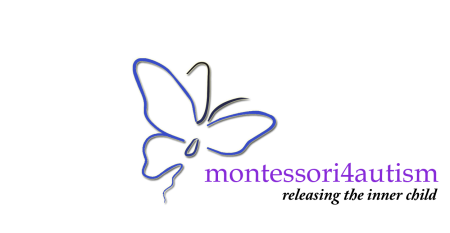Failure of FAPE
Educating Children with Autism: Failure of FAPE
According to May 2011 report: “Shifting Trends in Special Education: Findings”, by Janie Scull and Amber M. Winkler, the number of autistic students in the US quadrupled between 2000-01 and 2009-10, rising from 93,000 to 378,0001.
FAPE mandate
It is revealing that treatment of autism, a complex neurological disorder, is currently delegated mainly to educators rather than clinicians, with the universal prescription of federally mandated “FAPE” (Free and Appropriate Public Education).
Once a child with autism turns three years old, he is supposed to board a school bus/van and enter a classroom that is either “substantially separate / disability specific” or “integrated”. Until age three, children with autism are entitled to “early intervention” services. These are commonly provided in a home setting, which is the most comfortable for such young children. Since many children receive their diagnosis around the age of 3, they often end up receiving little one-on-one “early intervention”, despite the fact that many of these children are profoundly afflicted and need treatment during almost all waking hours.
The federally mandated “free and appropriate public education” in a “least restrictive environment” for children with disabilities is well intentioned, but it does not seem to be optimal [effective] for children with autism. The problem starts with a pervasive view that these children are disabled for life, a view strangely reinforced until recently by the American Academy of Pediatrics, which declared autism to be “a life-long condition for which there is no cure”.
The goal of special education is to circumvent the effect of the disability so that students can make gains at a rate commensurate with their innate ability. However, many special education administrators unilaterally lower the bar for students with autism and claim that they are inherently unable to make progress at a rate commensurate with their non-disabled peers. With such preconception, the schools are prone to take a minimalistic approach to “appropriate” education, reducing it to just loosely defined “educational benefit”. Tragically, the school districts can easily get away with this attitude, since the federal regulations guarantee only a basic floor of opportunity to the disabled students, consisting of specialized instruction and related services, and do not require to educate to maximum potential or even to achieve some substantive progress.
In its current form, FAPE is inefficient, fragmented, expensive, and based only weakly on scientific evidence. Most importantly, it is not grounded in the unique ways that ASD students learn. This assertion is based on my first-hand observations of how ASD children acquire their skills—that is, from years of personal experience as parent and educator, during which I visited numerous school programs, and most importantly, heard directly from hundreds of parents through multiple online boards that I belong to and/or moderate.
According to the seminal report by the National Research Council, “while we have amassed a substantial body of research [on autism], researchers have not adequately communicated with one another, and their findings have not been integrated into a proven curriculum”, and “goals, methods and resources available vary considerably from state to state and school system to school system”. This report makes a strong recommendation for intensive and individualized educational services to “include a minimum of 25 hours per week, 12 months per year, in which the child is engaged in systematically planned and developmentally appropriate educational activity toward identified objectives” ².
The report further concludes that services should include “functional spontaneous communication, social instruction delivered throughout the day in various settings, cognitive development and play skills, and proactive approaches to behavior problems.”
The sad truth is that a student with ASD rarely receives this kind of intensive and meaningful education at their public school placement.
References
- Shifting Trends in Special Education by Janie Scull and Amber M. Winkler, May 2011, by Janie Scull and Amber M. Winkler
- Educating Children with Autism
, Committee on Educational Interventions for Children with Autism (Author), National Research Council (Author). October 2011.

